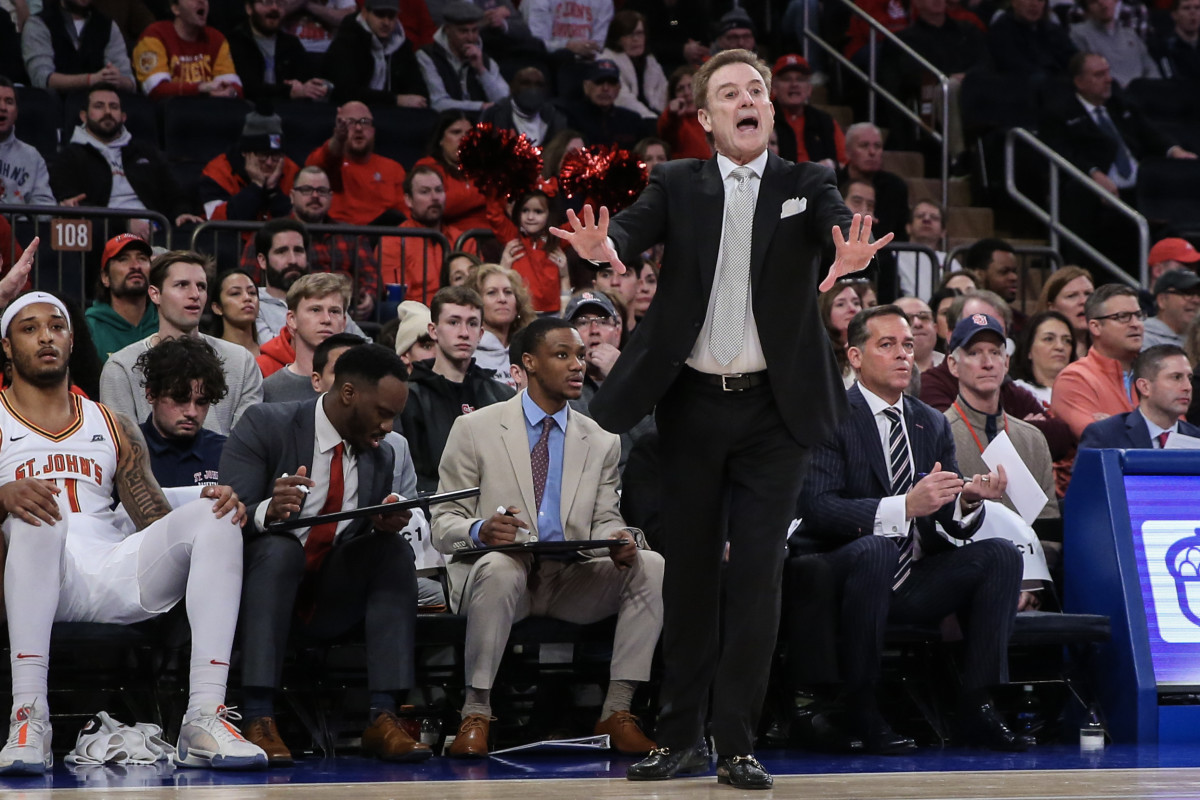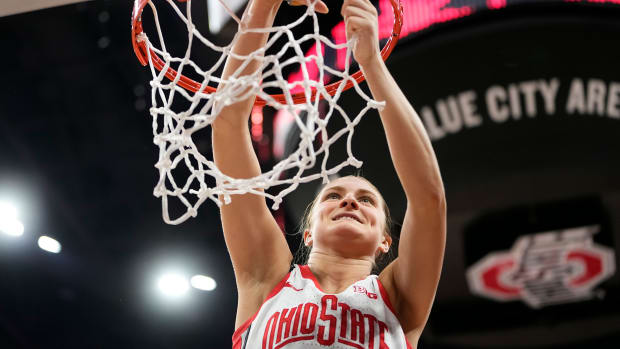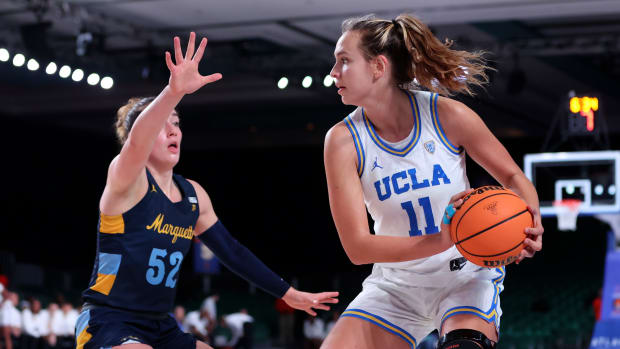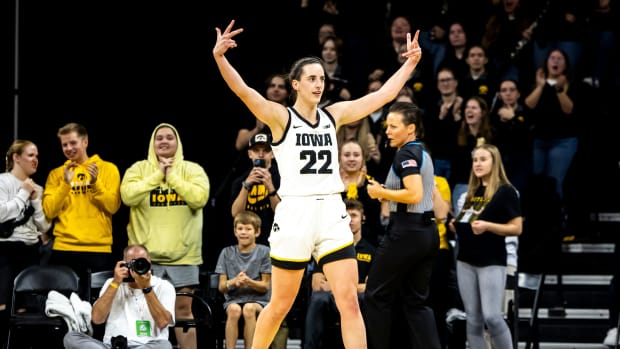
With NIL, the Big East Has Gone From Good to Great
The Big East is having yet another impressive season, but as college basketball progresses, is it possible that we will soon see the Big East overtake the Big Twelve as the premiere conference. With impending conference realignment, it is uncertain just how good the Big Twelve will look next year after adding a fringe blue blood program in Arizona, as well as three historically inconsistent basketball programs in Colorado, Utah, and Arizona State. While traditional Power 4 conferences have ample spending power and alumni support, the Big East is uniquely positioned to dominate in the modern NIL era of college basketball.
Unlike every other High-Major conference, the Big East does not sponsor football – well, not the modern Big East at least. Historically the Big East has always been basketball centric, as they did not support football until 1990, eleven years after the inception of the conference. The football era of the Big East led to a tumultuous two decades highlighted by a revolving door of programs with frustrations and instability culminating from the structure of the league maintaining both football and non-football schools. Tensions and different goals of member institutions ultimately led to the conference’s three-year demise from 2010-2013. In 2014, the conference was reborn with ten teams focused, once again, only on basketball. Since then, UConn has been the lone team to change the composition of the conference with their arrival in 2020.
Since 2014, the modern Big East has never sent less than four of its members to the NCAA March Madness Tournament. The league has been and will remain among the premiere conferences in collegiate basketball. The peak of the modern Big East came in 2017 when the conference was able to send seven of its member schools to the Big Dance. According to Joe Lunardi, six Big East teams are currently in the March Madness tournament, however with Villanova and Providence both on the bubble, early round wins from these teams in the Big East tournament will likely yield a conference record of eight teams punching their tickets to March Madness. This scenario is not farfetched as Villanova enters their game against Georgetown as a 15.5-point favorite and Providence with an even bigger 19.5-point advantage against DePaul.
Odds makers have the UConn Huskies as favorites to repeat last year’s tournament victory and win this year’s national championship with +500 odds; fellow Big East programs Marquette and Creighton are tied with the eighth shortest odds at +2500. Both the AP Poll and March Madness betting odds have three Big East teams within the top ten, no other conference has three teams in the top ten in either metric. Not only is the Big East primed to send a hefty number of teams to the tournament, but their composition of favorites to win is among the elite.
The Big East has always been good, but why are they now great? Unlike every other high-major conference, the Big East does not have to worry about “splitting the pot” of NIL funding with football programs. NIL collectives, the proxy-payrolls for revenue college athletes, serve to create “pay-for-play” contracts to recruit and retain players at their respective institutions solely for athletic performance. While outliers in alumni, donor, and athletic department NIL focus exist within the Power 4 at institutions like Duke, Kentucky, Kansas, and Houston, the majority of schools focus their NIL efforts on football over basketball.
According to Opendorse data, Power 4 football players earn $7,262 per NIL activity from their collective, as compared to Men’s Basketball players who make $4,929 per NIL activity. In conjunction with football’s radically larger roster sizes it is obvious that even for schools with a rich basketball tradition, the NIL funding needed to field a competitive football team in the modern era dwarfs that of a basketball program. Without the need to fund a team of up to 105 football players, non-football schools have a massive advantage. Even with significantly less total NIL funding, the amount of money to be allocated to a basketball payroll can be comparatively large. For schools in the Big East, leveraging their rabid fanbases to support NIL initiatives is not a challenge.
While other non-football sponsoring (DI-AAA) conferences like the Atlantic Ten, Missouri Valley, and West Coast Conferences provide similar basketball centric NIL dynamics, their historical success and recruiting power fall well short of the Big East. The mid-majors that have leveraged NIL collectives have already shown signs of separation from their peers, it remains to be seen how far these conferences can climb as the NIL economy continues to near equilibrium in the years to come. While these conferences will certainly increase their positioning within the ranks of college basketball, the Big East, by virtue of being the most prominent and historically successful DI-AAA conference is the most primed to utilize concentrated NIL spending to reach the top of the sport.
Changes in policy often take time to yield its full effects, however, the Big East is already showing signs of strength in the new era of college sports. While NIL was established in 2021, until recently, NIL collectives and pay for play payment were not transparent and universally implemented. With these systems now out in the open, donor spending and market value for players have become more standardized leading to more precise and efficient operations. As this economy matures, the trends of differently structured programs will become more pronounced and apparent.
The question now is not will the Big East's success continue, but rather, how high can the conference climb. The ability for the member programs with similar NIL fundraising resources to their high-major contemporaries, without the need to spend on a football roster, positions them for dominance in the current system. A shift of power in the basketball world is among us.




